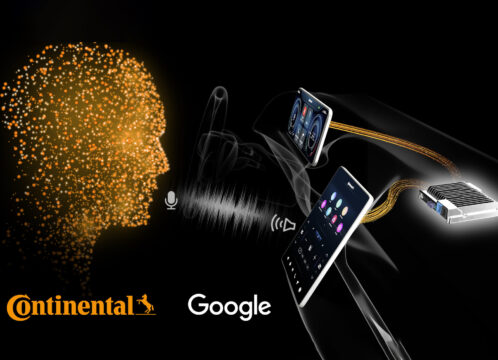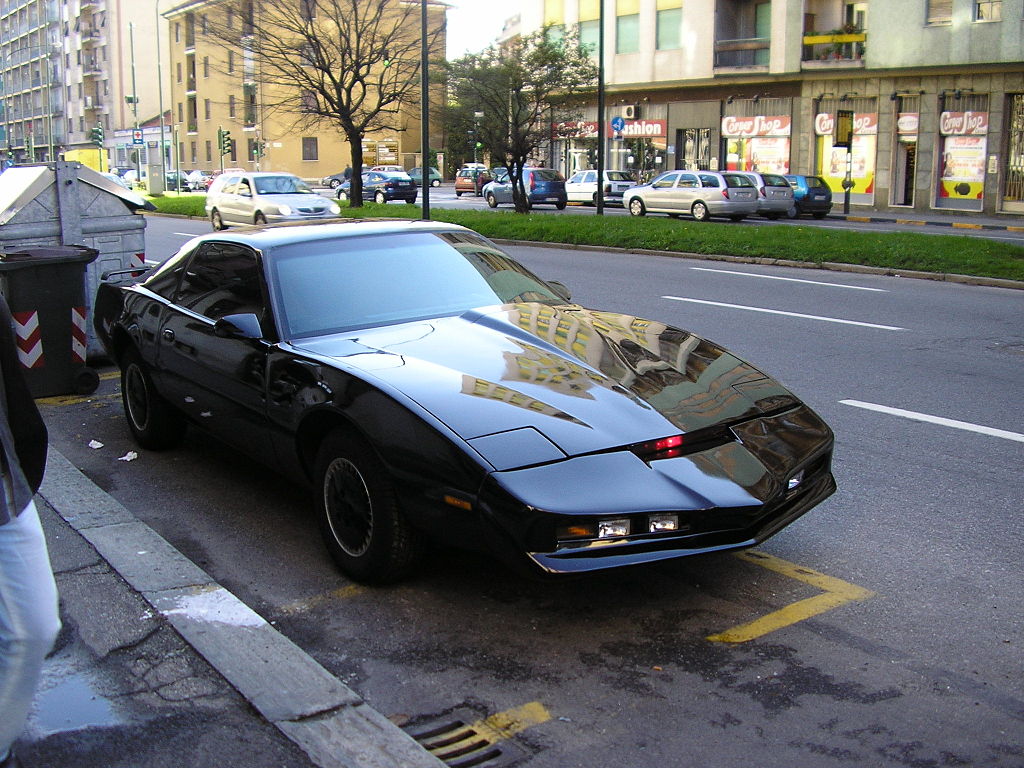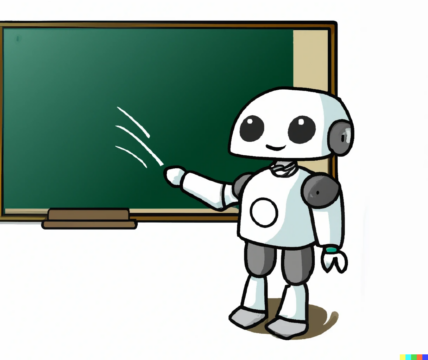Automated Vehicles or AVs are the buzz lately. So is Artificial Intelligence. What happens when you put those together? We might have our very own ‘Kit’ the talking car from the 1980s show Knight Rider soon.
Last week, Continental, the German automotive supplier and the fourth-largest tire manufacturer, tied up with Google Cloud to equip cars with generative Artificial Intelligence (AI). With this, drivers can interact with their car in a natural dialogue. For example, drivers need help finding the right tire pressure when the car is fully loaded or want to know more about local places of interest on their destination or along their route when they are on vacation, the generative AI can compile the required information and answer the drivers’ questions.

“Together with Google, we are bringing artificial intelligence to the vehicle cockpit and are creating an intuitive experience for drivers. Based on our Smart Cockpit High-Performance Computer, we expect our solution to be ready for production within just 18 months development time. This is how our vision of software-defined vehicles starts to become a reality,” said Philipp von Hirschheydt, member of Continental’s Executive Board and head of the Automotive group sector, at the company’s IAA MOBILITY press conference.
Together with Google, we are bringing artificial intelligence to the vehicle cockpit and are creating an intuitive experience for drivers
Philipp von Hirschheydt, member of Continental’s Executive Board and head of the Automotive group sector
According to Precedence Research, the global generative AI in automotive market size was valued at US$312.46 million in 2022 and it is projected to be worth around US$2,691.92 million by 2032, poised to grow at a CAGR of 24.03% during the forecast period 2023 to 2032.
How Good is This AI?
Google Cloud’s AI-powered system lets drivers actually talk with their car. They can ask about hotels or tourist attractions along their route, and much more. The driver may want to know more about a specific historical building nearby. In this case, the system compiles detailed information in real time and plays it back to the driver like an audio guide in a museum. The driver can also ask follow-up questions without repeating the whole context, Google Cloud’s conversational generative AI interprets the context correctly.
Continental ensures that the system has access to specific vehicle information, such as the operating manual. This means it can even tell the driver where the USB port is or what the required tire pressure is when the car is fully loaded. Google Cloud’s generative artificial intelligence allows the system to constantly learn, create new content and adapt to the user’s preferences.
What About Safety?
Impressive, but will cracks appear in the system after the cars hit the road? In August, according to Reuters, Tesla was defending itself at a trial against allegations that failure of its Autopilot driver assistant feature led to death.
Recently, Microsoft Founder Bill Gates expressed excitement for autonomous vehicles. “AVs will change transportation as dramatically as the PC changed office work,” he said in his blog post.
People might have their doubts about stepping into an AV, but if Bill Gates says so, we must be getting there.
Other AV Tie Ups
This year, Google also teamed up with Mercedes-Benz on navigation to offer “super computer-like performance” in every car with automated driving sensors as it seeks to compete with Tesla. The German carmaker also wants to share revenue with semiconductor maker Nvidia to decrease the cost of purchasing expensive high-powered semiconductors.
Read more: When will we see flying cars in India?
Other players have been walking into the field too. Ford has been revamping its autonomous vehicle segment through its new venture Latitude AI, with a preliminary attention to a hands-free, eyes-off driver assist system for next-generation Ford vehicles.
The car manufacturer wants to invest more in Level 2/3 driver-assist tech, than a Level-4 robotaxi technology. Its L3 BlueCruise system, called the Active Driving Assistance (ADA) system, is “the simultaneous use of a car’s adaptive cruise control (ACC) to control speed and lane centering assistance (LCA) to control steering”.
We are likely to see a lot more happening in this space as algorithms improve.












